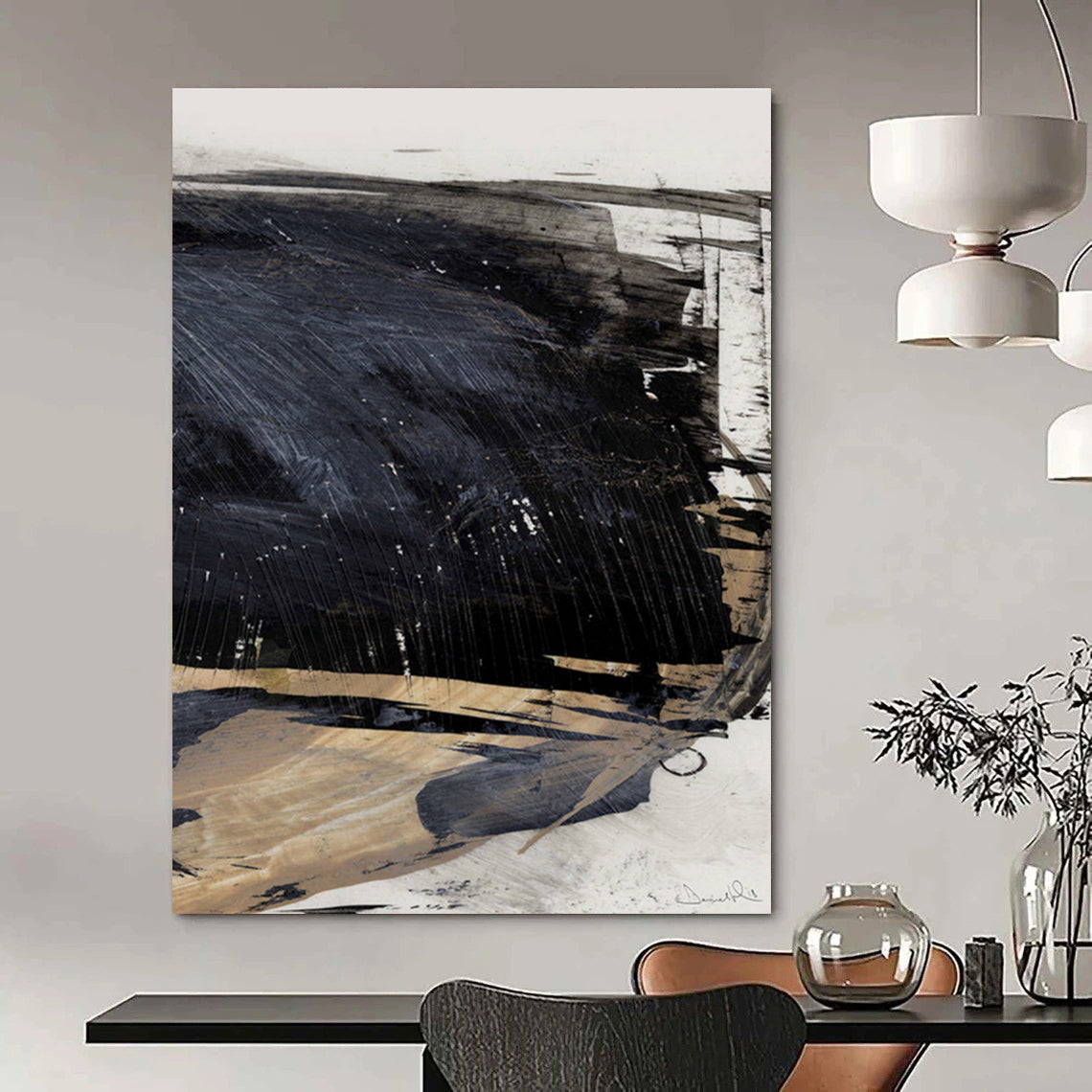In recent years, an intriguing convergence has emerged where artists are increasingly embracing professional roles as therapists, highlighting a deep connection between creative expression and emotional healing. Among those navigating this pathway is Los Angeles-based Max Maslansky, whose evolution from a practicing artist to a trauma-informed psychoanalytic therapist exemplifies the intimate relationship between art and mental health.
Image Source: Max Maslansky’s studio in Los Angeles, 2018, photo by Five Car Garage

Both art and therapy demand a profound engagement with human emotions, introspection, and narrative complexity. Maslansky’s original artistic practice delved into themes such as shame, masculinity, and unconscious drives, using provocative "porno paintings" assembled from vintage pornographic imagery on found fabric. These explorations laid a foundation for his later shift toward psychotherapy, where he trained at the Pacifica Graduate Institute and now works as a therapist rooted in psychoanalytic and trauma-informed modalities.
Within his therapeutic work, Maslansky integrates his artistic sensitivity with clinical rigor, focusing on helping clients—particularly those from marginalized communities such as LGBTQIA+ and BIPOC individuals—navigate trauma, grief, and identity struggles. His dual identity as an artist and therapist enriches both fields, as he employs creativity and empathy to foster healing and transformation.
Image Source: Max Maslansky, installation view of clay sculptures inspired by sea creatures, Five Car Garage, Los Angeles, 2023

This trend of artists becoming therapists is part of a broader cultural movement recognizing the therapeutic potential of creative work. Artist-therapists like Maslansky, along with peers such as Yamini Nayar and Rachelle Anayansi Mozman Solano, are redefining the intersections of mental health and artistic practice, highlighting how art can be both a personal healing tool and a professional pathway.
The embrace of art therapy and trauma-informed therapy approaches reflects growing societal openness toward discussing mental wellness and understanding the psychological dimensions of creativity. For Maslansky, this integration is deeply personal, as he seeks to accompany clients through vulnerable emotional landscapes while continuing his own artistic explorations.

Related Keywords and Anchored Links
-
Max Maslansky – Artist and psychoanalytic therapist
-
Art therapy – Using creative mediums for psychological healing
-
Pacifica Graduate Institute – Training center for psychotherapy and depth psychology
-
Psychoanalytic therapy – Therapy focused on unconscious processes and trauma
-
Five Car Garage – Los Angeles gallery known for exhibiting Maslansky’s works
-
Trauma-informed therapy – Therapeutic framework acknowledging trauma impacts
FAQs About Artists Becoming Therapists and Max Maslansky’s Journey
Q: Why are artists like Max Maslansky pursuing careers in therapy?
A: Many artists possess deep emotional insight and introspective skills that naturally align with therapeutic work. The ability to help others while exploring one's own creativity attracts artists to the mental health field.
Q: What themes connect Maslansky’s art and therapy practice?
A: His work explores vulnerability, shame, identity, trauma, and transformation through both visual art and psychoanalytic therapy.
Q: How does his training at Pacifica Graduate Institute influence his approach?
A: Pacifica’s emphasis on depth psychology and trauma-informed care equips Maslansky to provide nuanced psychoanalytic therapy particularly attentive to unspoken emotional experiences.
Q: Where can one view Maslansky’s art today?
A: His artworks, which include provocative paintings and contemplative ceramic sculptures, have been shown at venues like Five Car Garage in Los Angeles and 12.26 Gallery in Dallas.
Q: Is this movement of artists becoming therapists a recent development?
A: While the relationship between art and healing has historical roots, current cultural openness about mental health and flexible career models have accelerated this emerging trend.
This article delves into how Max Maslansky embodies a growing paradigm where art and therapy intersect, enriching understanding of creative practice as a vital pathway to emotional transformation and community healing.

